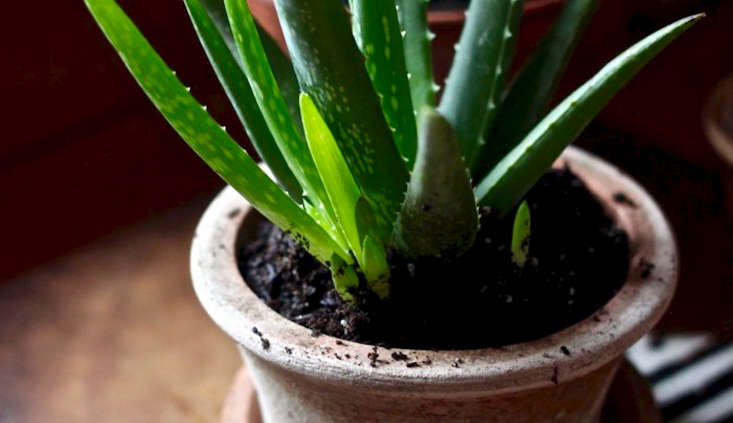Succulents look best against a backdrop that shows off their textures and shapes. Think gravel garden, for instance. Or container gardens: succulents can mix well with other plants in a pot.
Use our brand-new field guide, Succulents 101, to learn everything you need to know about our favorite succulents and how to use them to best effect in a garden. Whether you’re designing a landscape from scratch or adding a single low-water plant to a garden bed, our guide offers tips on when (or if) to expect a particular succulent to bloom, what size it will reach at maturity, how much water it needs, and if it’s perennial in your growing zone.
Succulents 101 is part of our new Garden Design 101 section, offering design tips and practical advice on Hardscape 101 topics as well as growing guides for Trees, Perennials, Vines & Climbers, Tropical Plants, Edibles, Shrubs, Bulbs & Tubers, Annuals, Grasses, and Houseplants.
Here’s a glimpse of what you’ll find in our Succulents 101 guide:
Aeoniums

Aeonium’s rosette shape is useful both as a single accent in a garden bed or when clustered, to complement other textures and colors of nearby foliage. Aeoniums also are happy companions when interplanted with other succulents or annuals in a container; see more in Aeoniums: Field Guide.
Echeverias

Named for 18th-century botanical artist and explorer Atanasio Echeverría y Godoy, who documented Echeveria in the dry limestone hills of central Mexico, Echeveria has more than 200 species. See more in our Field Guide to Echeverias.
Indoor Succulents

See our 9 Secrets to Success: Growing Succulents Indoors.
Agaves

With their pointed and fleshy leaves, agaves are symmetrical, drought-tolerant succulents. Among the hundreds of species, we’re partial to the broad, variegated leaves of A. americana, also called the Century Plant (a hint that you’ll need to wait patiently for it to decide to bloom). See more in Field Guide: Agaves.
Aloes

Unless you live in a very warm climate (think USDA growing zone 10 or higher), your aloe plant will live in a pot indoors. In a warm climate where you can plant Aloe outdoors, you have a choice of more than 500 species, from tiny creepers to robust trees. See more in Field Guide: Aloes.
N.B.: Explore more of our new Garden Design 101 guides:












Have a Question or Comment About This Post?
Join the conversation (1)